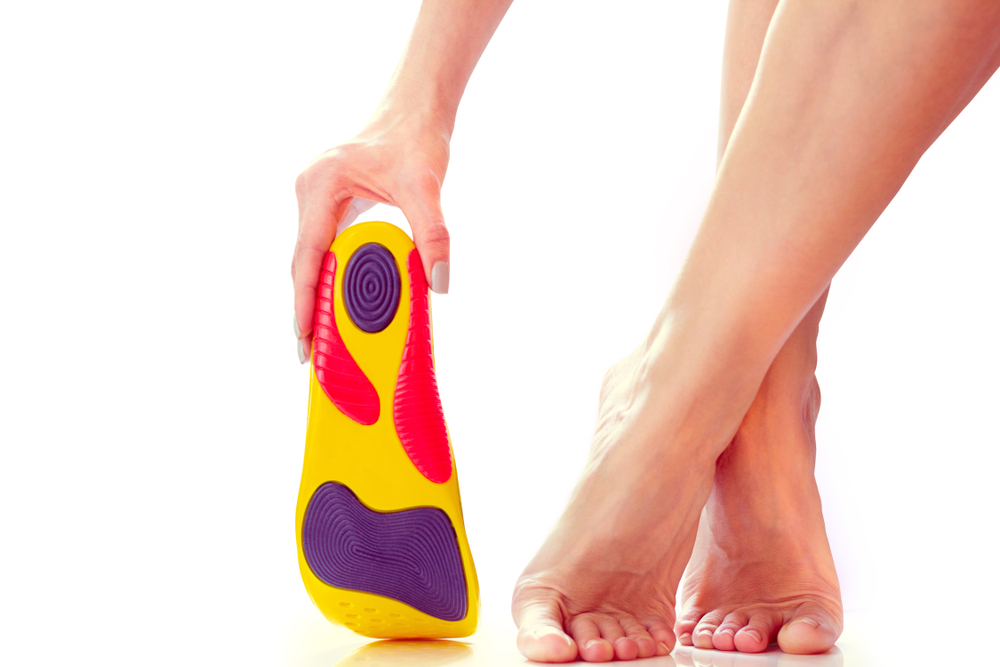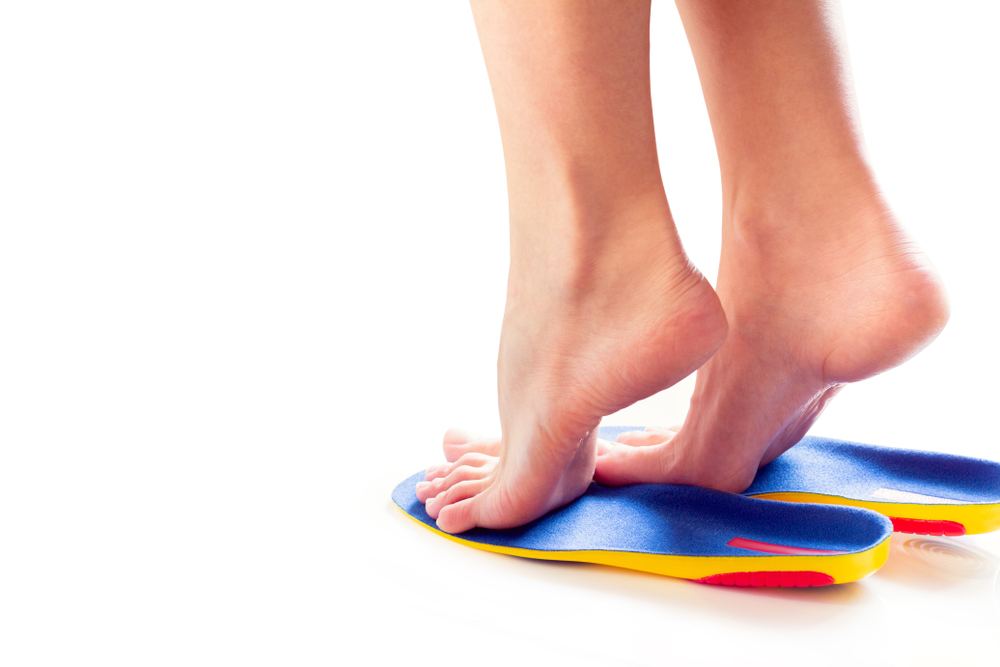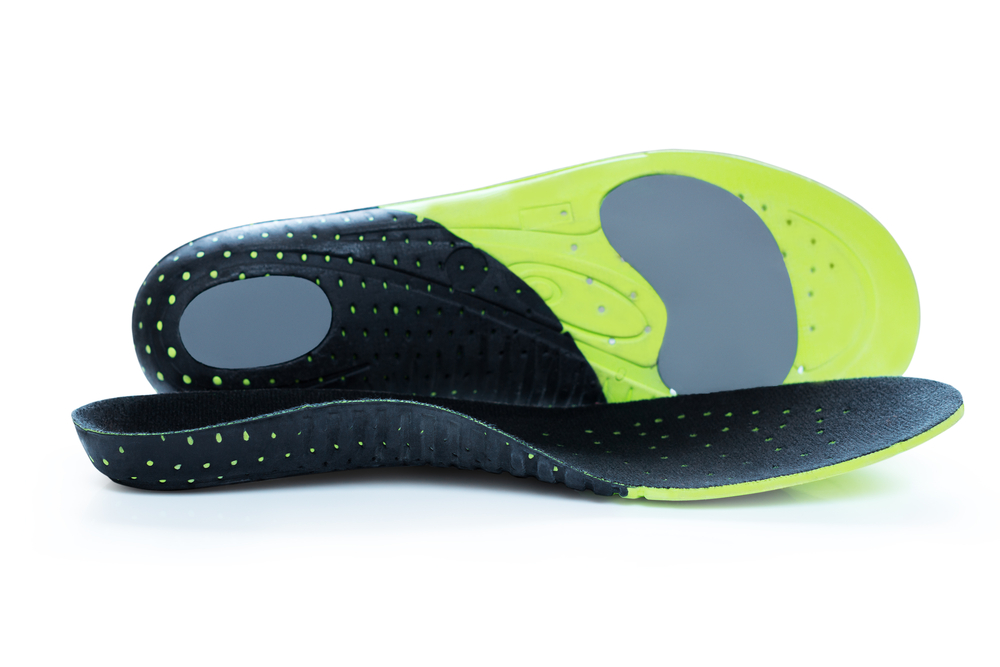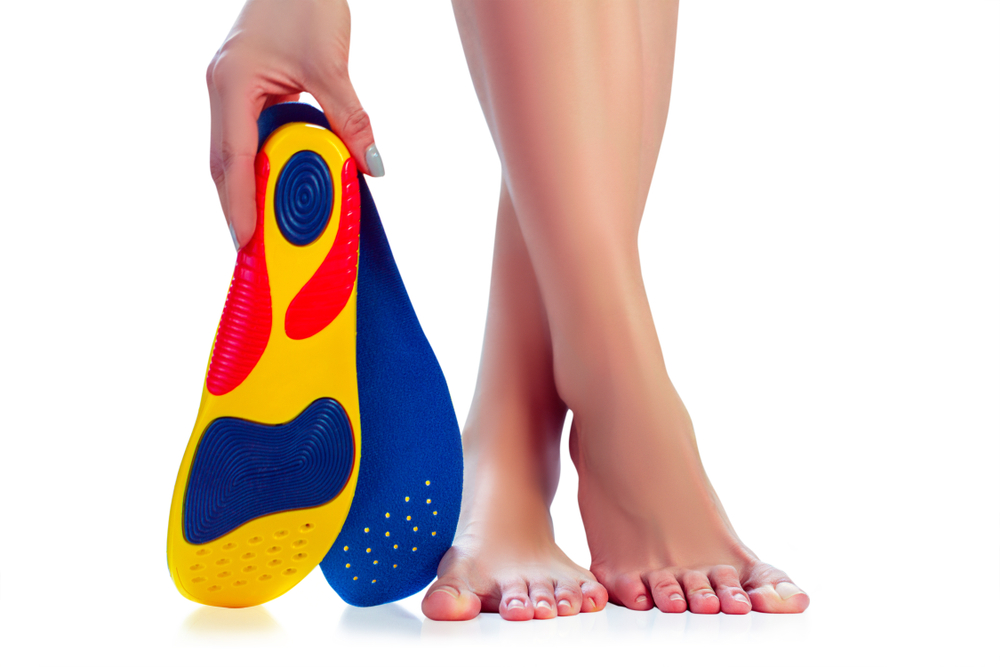Conditions Treated Using Orthotics
Orthotics are used for a host of problems, including bunions, hammertoes, neuromas, plantar fasciitis, limb length discrepancy, irritation to growth plates in children’s feet, tendonitis, shin splints and tight heel cords, to name a few. They are also used post operatively to help decrease the likelihood of recurrence of foot problems which were originally caused by poor biomechanics.
This is NOT a complete list of the condition’s orthotics may help, nor is it a guarantee that orthotics can cure or relieve these condition in every case. However, the common issues appearing below very often respond well to wearing orthotics:
- Arch Strain (Plantar Fasciitis)
- Knee Pain (Runners Knee, Chondromalacia Patella, Patella Femoral Syndrome)
- Ankle Pain (Achilles Tendonitis, Sprained Ankle, Tibialis Dysfunction, Lateral Impingement Syndrome Forefoot Pain (Metatarsalgia)
- Heel Pain (Heel Spur)
- Chronic Low Back Pain
- Shin Pain (Compartmental Syndrome, Shin splints)
- Hip Pain (ilio-tibial band syndrome)
- Sacroiliac Joint Dysfunctions







